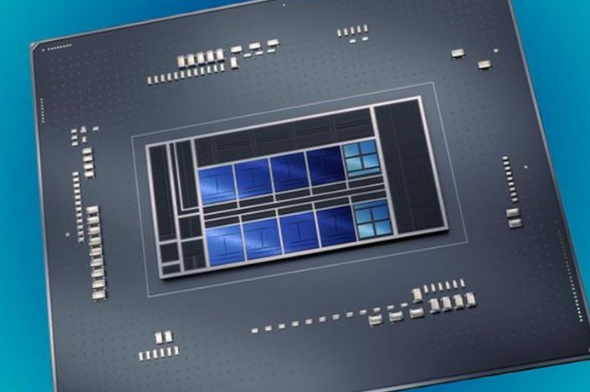Connection to DriversCloud Create a DriversCloud.com account Reset your DriversCloud.com password Account migration
Intel Architecture Day 2021: Alder Lake and the promise of innovative x86 CPUs
Before the end of the year, the Alder Lake processors should offer Intel an opportunity to return to the forefront.
A few days ago, Intel organized an event that is now customary, the Intel Architecture Day. Through multiple presentations, conferences and diagrams, the objective is to return to the main news to come for the American firm. This year, however, as it had been forced to do last year, the Covid-19 pandemic implied a remote event, less massive, smaller in its dimensions ... but clearly not in its intentions.
Indeed, on the processor side, Intel had the intention to focus on the Alder Lake range, the twelfth generation of Intel processors, whose release is still scheduled for the end of this year. However, it should be noted from the outset that this release will be in several stages and that only the Alder Lake spearhead should really be available in the fall of 2021. Mid-range and entry-level models as well as other variants should not be released before 2022. This is probably a way of staggering the production of a processor that promises to be complex.
With Alder Lake, Intel has indeed decided to use the bigLITTLE architecture, which was introduced a few years ago by ARM in particular. In the case of Intel, this will result in a combination of 8 " full power " cores or performance cores, as the American company calls them, and 8 more "economical" cores or efficient cores to use Intel terminology. The performance cores are Golden Cove models that are " wider, deeper, smarter " than the previous Cypress Cove: Intel mentions nothing less than 19% more instructions per cycle at equal frequency. There is also talk of a more accurate branch prediction system and more decoders for the dedicated unit.
Of course, the 8 efficient cores are not left out. Called Gracemont, they seem to be considerably more efficient than the old Skylake: Intel indicates that the performance on a single core is up by 40% at the same power consumption. Even better, when used in a cluster, Intel does not hesitate to mention +80% performance with the same power consumption! Of course, this 8+8 combination will be the one of the first commercialized Alder Lake, the top of the range. Thereafter, the bigLITTLE architecture should allow Intel to be particularly flexible in the composition / availability of its CPUs.
As you can see on the slide above, it is already in Intel's plans to distribute three main lines. The desktop segment will get a new socket, the LGA1700 and will have the most powerful CPUs of course. On the mobile segment, Intel will use a BGA Type 3: the TDP will be logically lower (between 28 and 45 Watts) and the wing will be a little reduced on the side of the performance cores, we already speak of a maximum of 6 Golden Cove cores and 8 Gracemont cores. Finally, on the ultra mobile segment, the case will be even more compact - a BGA Type 4 - with a much lower TDP (7 to 28 Watts) and more than 2 Golden Cove cores, always supported by 8 Gracemont.
A very attractive program for what could be the return of Intel against the Ryzen of AMD. However, while we wait for the latter's response, Intel intends to regain a certain advantage and has already given us an appointment at the end of October for even more complete information.







